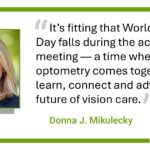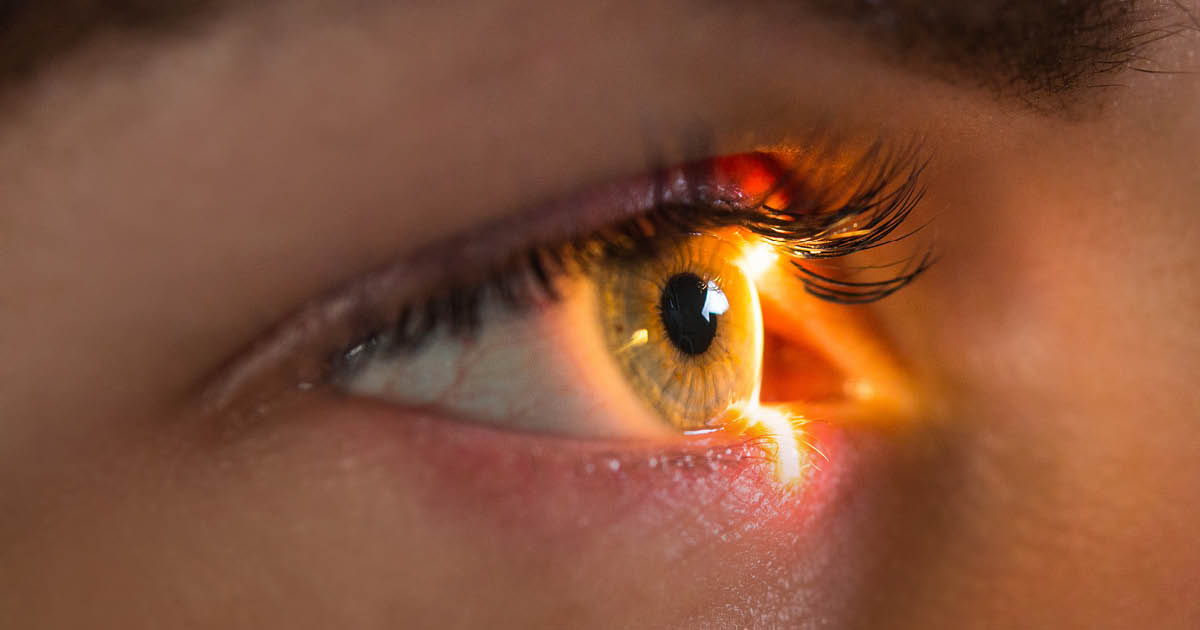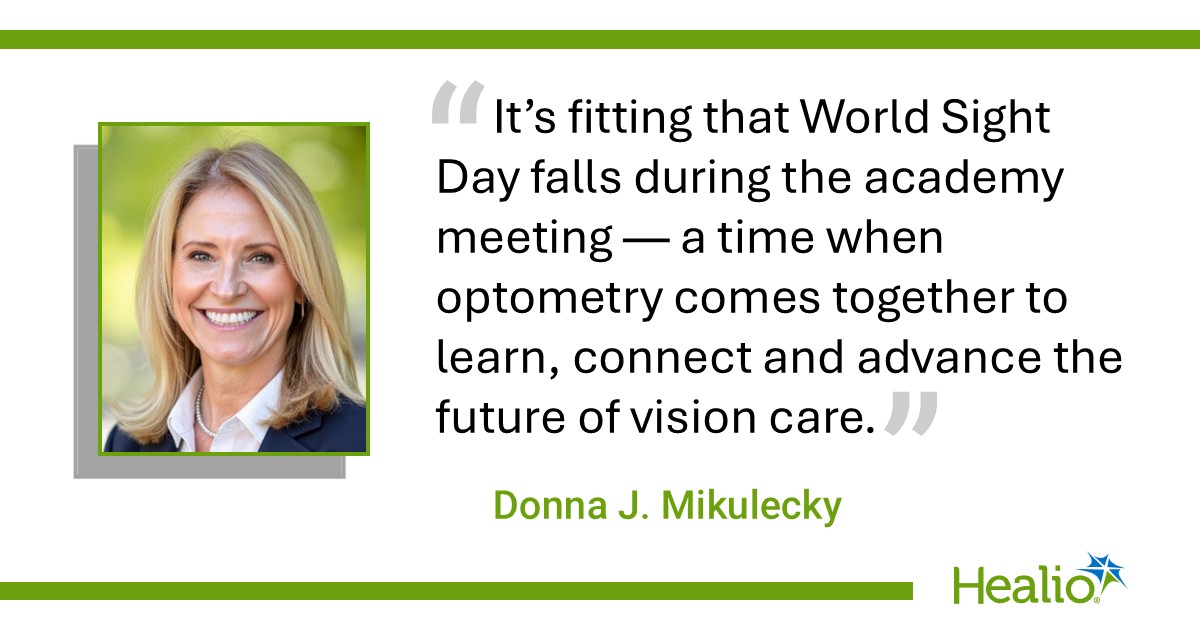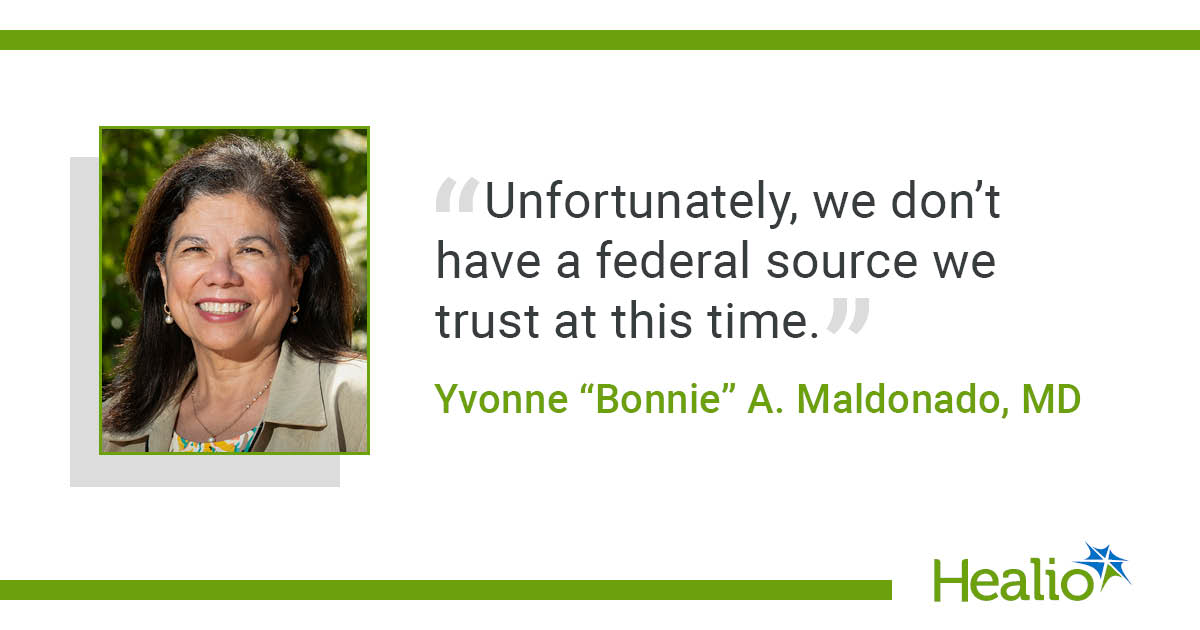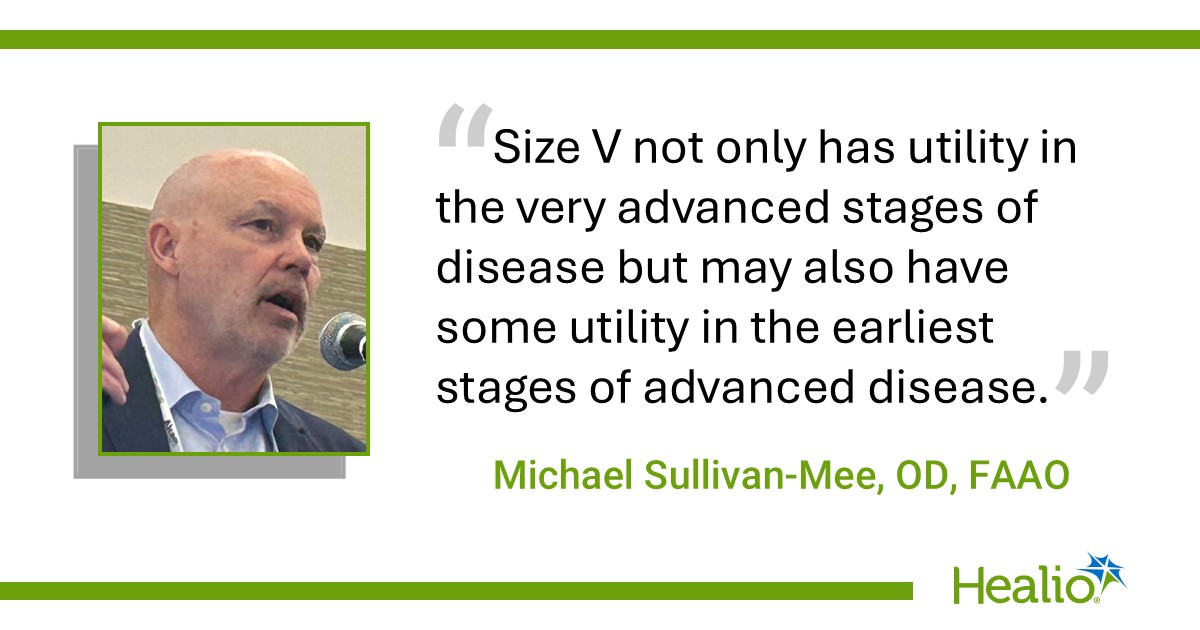August 06, 2025
1 min read
Key takeaways:
- Success rates ranged upward of 65%, with a 2.2% rate of adverse events.
- The main adverse events were uveitis and IOP spike.
Optometrists can safely perform selective laser trabeculoplasty, with 2.2% of eyes experiencing adverse events, according to a retrospective study published in Eye.
“It is anticipated that the number of patients with [ocular hypertension] and [primary open-angle glaucoma] is on the rise,” Alexander Geoffrey Swystun, PhD, of York and Scarborough Teaching Hospitals NHS Foundation Trust, and colleagues wrote. “This, compounded with workforce shortages within ophthalmic services and SLT becoming the first-line treatment for [ocular hypertension] and [primary open-angle glaucoma], has led to optometrists being utilized in delivering SLT in some parts of the U.K.”

Optometrists can safely perform selective laser trabeculoplasty, with a study finding adverse events in 2.2% of eyes. Image: Adobe Stock
Swystun and colleagues used electronic clinic records to analyze the success of SLT procedures performed by optometrists between Dec. 1, 2021, and July 16, 2024. The final analysis included 869 eyes that underwent SLT — first-line treatment for 344 eyes and escalation treatment for 525 eyes — of 568 patients, who had a median age of 72 years.
The SLT procedures were performed by three optometrists, one of whom performed 594 (68.4%) of the procedures. In cases of treatment escalation, success was defined as a 20% or greater IOP reduction or a reduction of at least one glaucoma medication. In cases of first-line treatment, success was defined as a 20% or greater IOP reduction in patients with early glaucoma or ocular hypertension or 30% or greater in patients with moderate glaucoma or worse.
Overall, the success rates were 70.9% for first-line SLT and 65.3% for treatment escalations. The difference between the groups was not statistically significant, with “less stringent success criteria” used for treatment escalation.
There were adverse events in 2.2% of eyes, namely uveitis (0.92%), IOP spike (0.45%), allergic reaction to iopidine (0.23%), dry eye (0.23%), headache (0.11%), vitreomacular traction (0.11%) and hyphema (0.11%).
For each 1 mm Hg increase in preoperative IOP above 23.5 mm Hg, the likelihood of success increased by 2.9%.
“The present study supports the notion that optometrists can provide a safe and effective SLT service,” Swystun and colleagues wrote.




